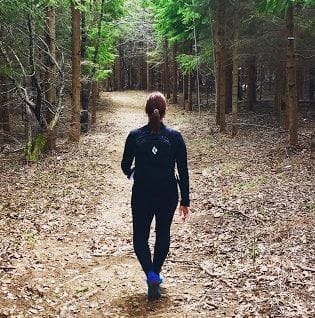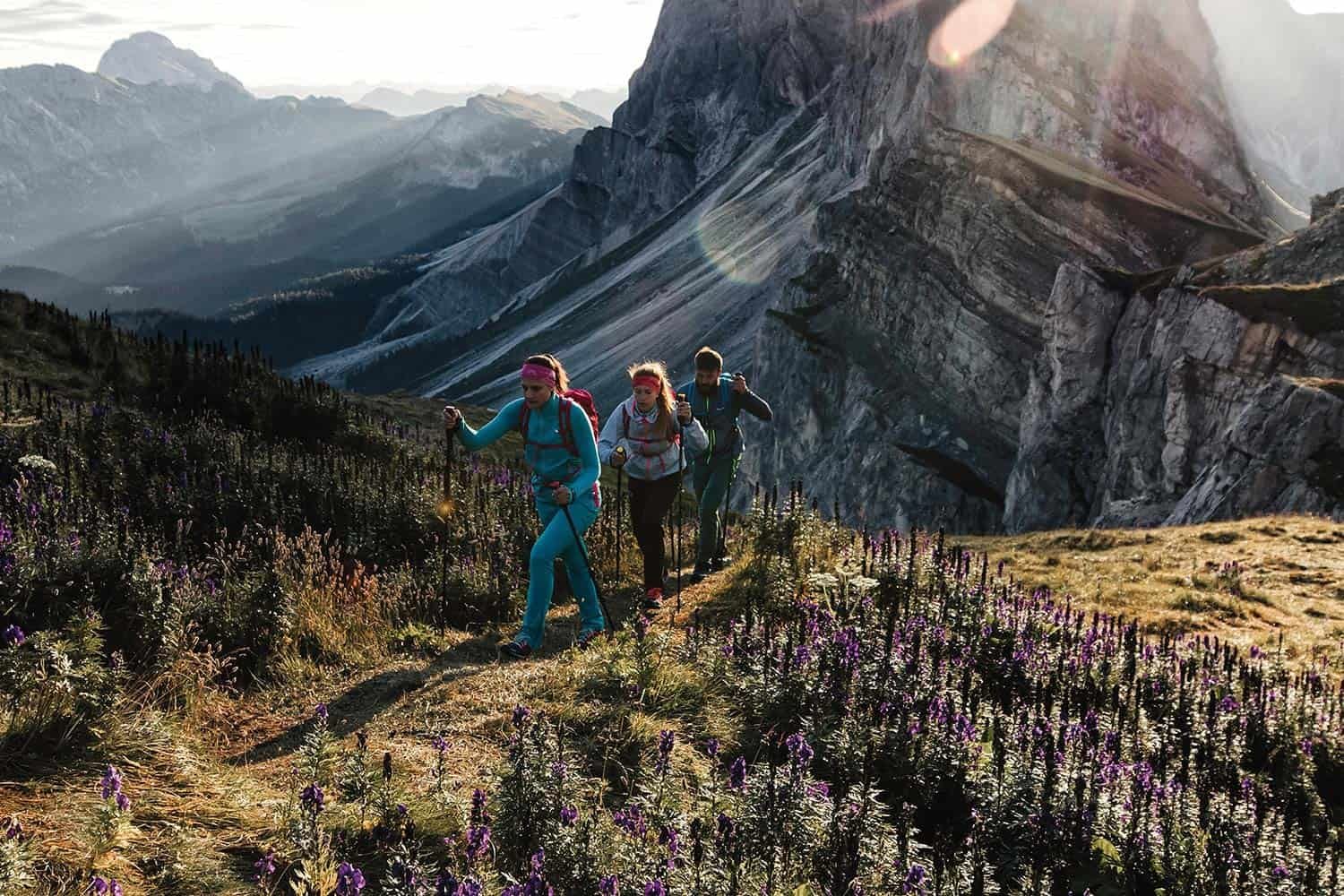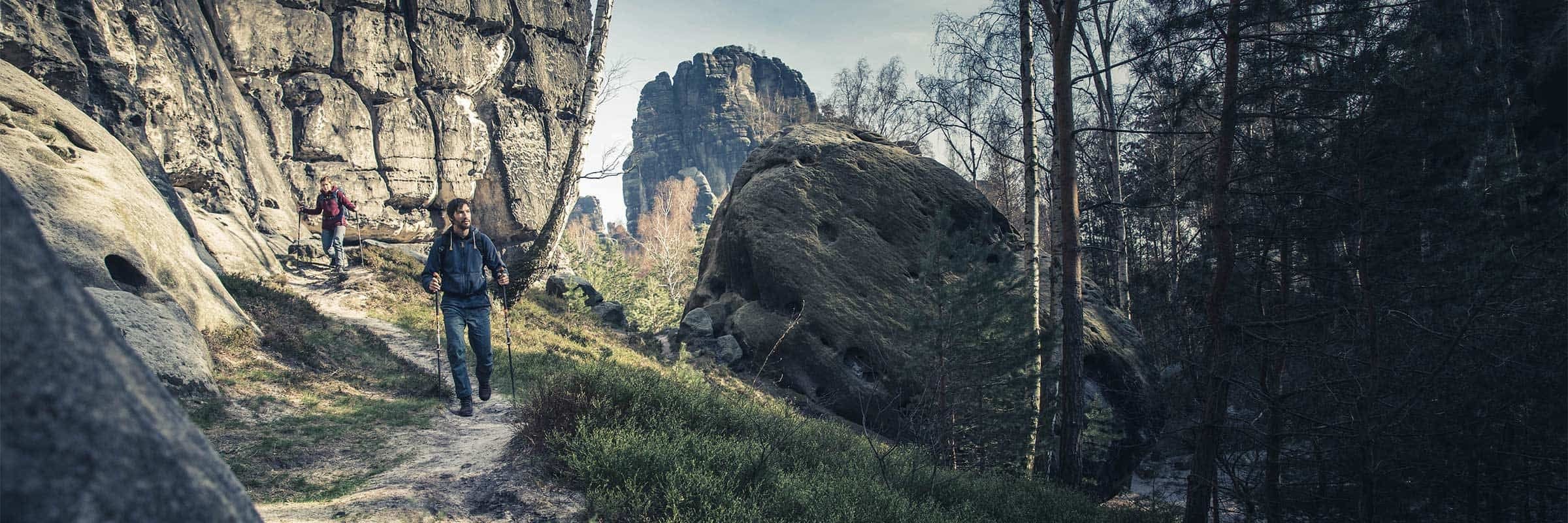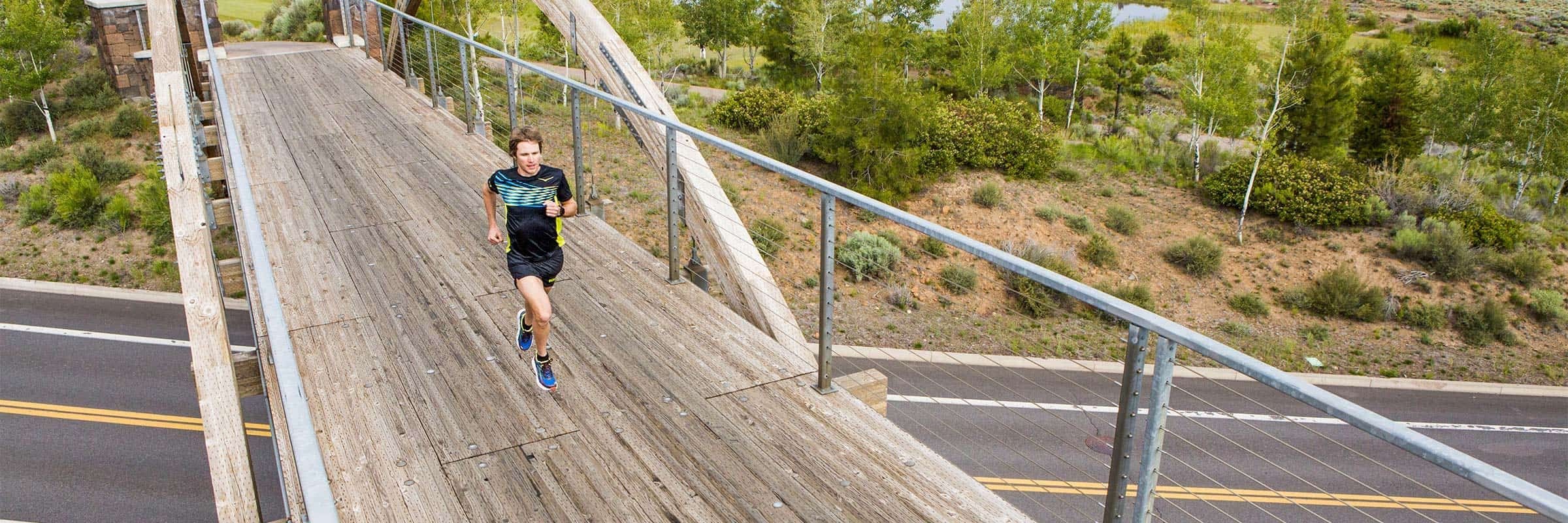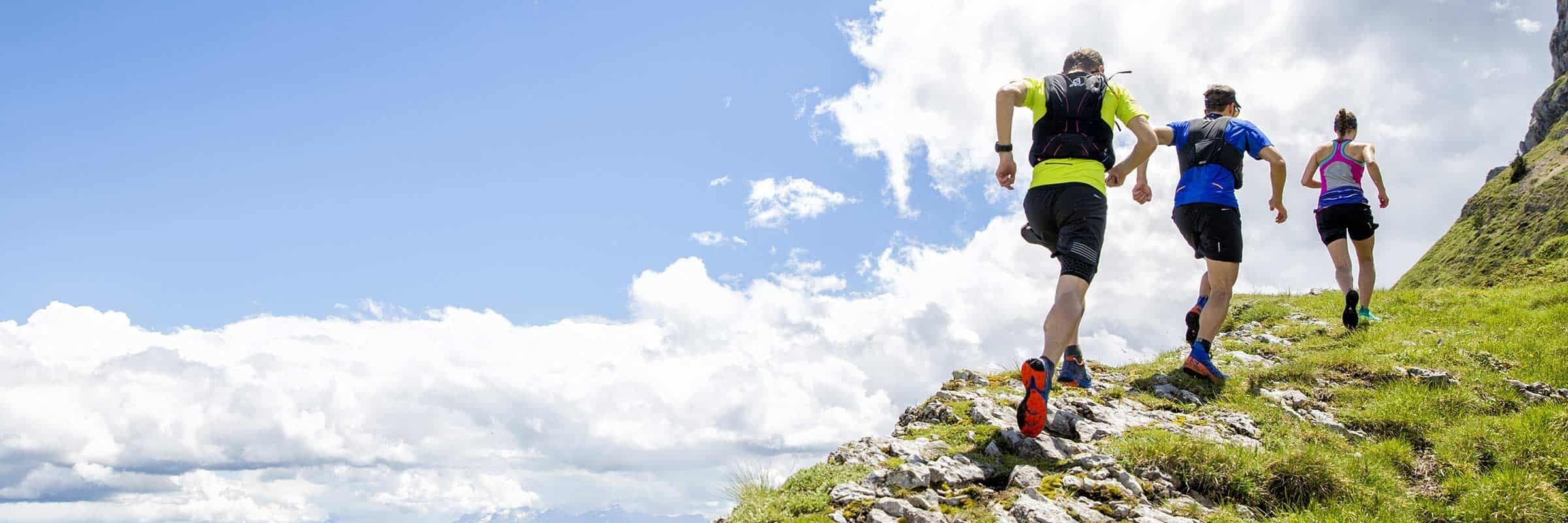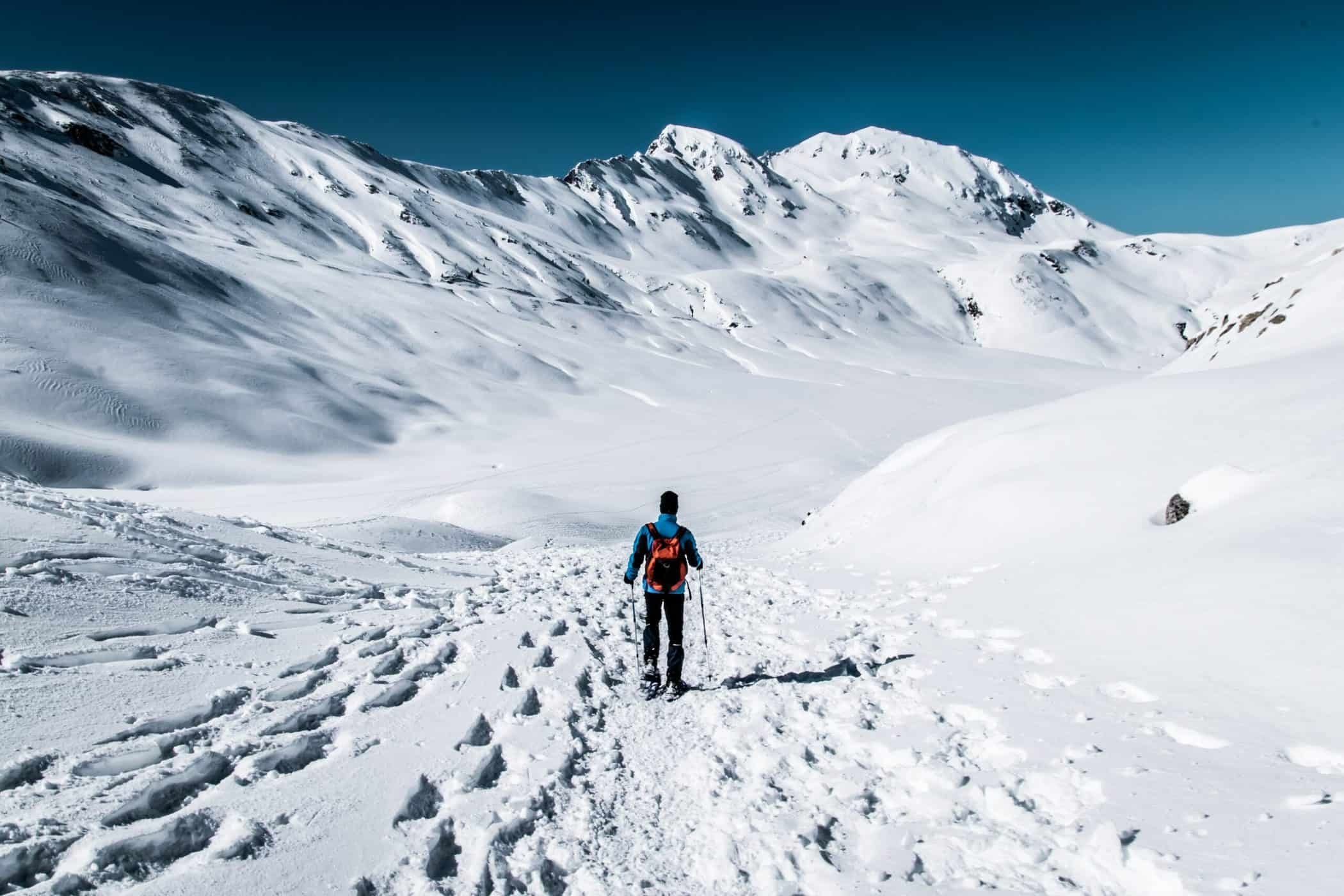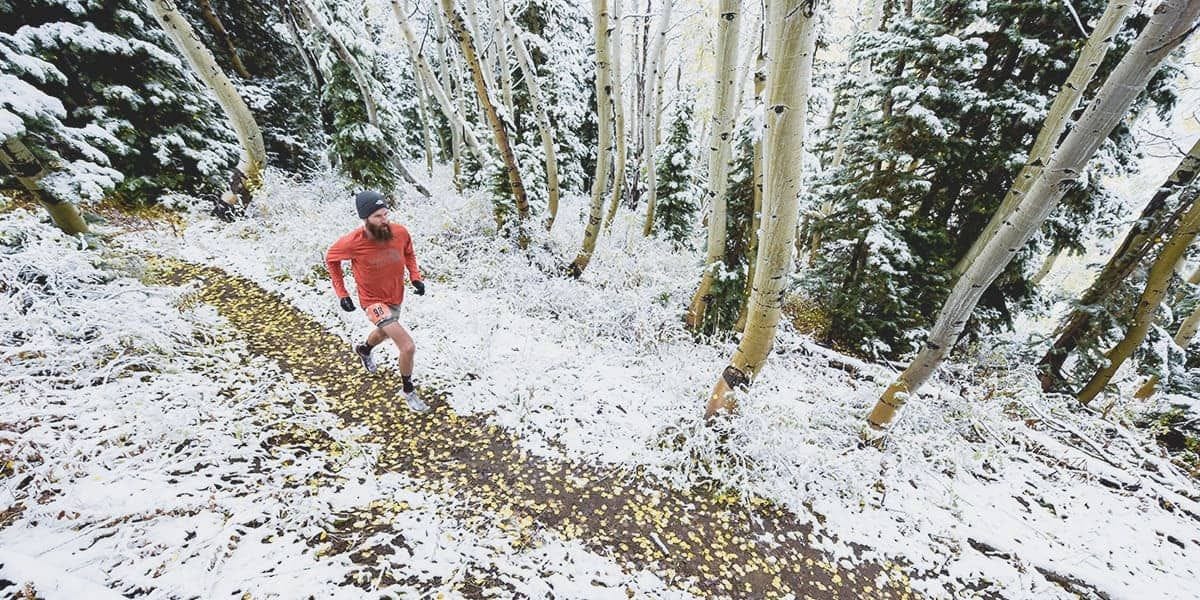Snowshoe trails abound and models are evolving more and more, to the delight of users. Once you get your hands on the right pair of snowshoes, you’ll need a pair of boots—and we’ve got a selection of the best snowshoe boots for your needs.
Nowadays, the majority of snowshoe models easily pair with most winter hiking boots. They feature warmth, insulation, and are a perfect beginning before you get into buying equipment and apparel. To maximise your comfort, here are some tips to follow to ensure your pairing is one of the best types of boots for you.
Best Overall Boots for Snowshoeing
Brand Name | Product Type
Product Name
Price: 0.00$
For those who want to tackle snowshoeing head-on, the Salomon Quest Element GORE-TEX Boots offer the full winter package: great fit, insulated warmth, GORE-TEX waterproofing, and a sole with serious traction. It's designed to handle a myriad of surfaces, from a snow-covered trail to a slippery sidewalk. Sitting on top of snowshoes will provide the ultimate in comfort and flexibility every stride you take.
Price: 0.00$
Best Boots for Long Snowshoeing Adventures
The Baffin Escalate X Boots are a hybrid between hiking and winter boots, making them a versatile cold-weather companion. This featherlight boot is recommended for long and/or intense snowshoeing sessions.
The Thermaplush insulation is soft and offers an effective balance of warmth and wicking. Meanwhile, high-loft breathability allows you to wear these boots comfortably in a wide array of fluctuating winter temperatures. Plus, even when you’re not rocking a snowshoe underfoot, the Escalate X have exceptional slip resistance, thanks to their IceBite Grip.
Price: 0.00$
Brand Name | Product Type
Brand Name | Product Type
The Baffin Escalate X Boots are a hybrid between hiking and winter boots, making them a versatile cold-weather companion. This featherlight boot is recommended for long and/or intense snowshoeing sessions.
The Thermaplush insulation is soft and offers an effective balance of warmth and wicking. Meanwhile, high-loft breathability allows you to wear these boots comfortably in a wide array of fluctuating winter temperatures. Plus, even when you’re not rocking a snowshoe underfoot, the Escalate X have exceptional slip resistance, thanks to their IceBite Grip.
Price: 0.00$
Best Affordable Boots for Snowshoeing
The Sorel 1964 Pac Nylon Waterproof Boots give you everything you need to survive the winter—maximum warmth, waterproofing, and excellent grip. In other words, the essentials for both the city and the trail.
The waterproof suede upper covers the 200g insulation and the seams are completely sealed. Meanwhile, the rubber outsole makes it stable and fully waterproof. Inside, the removable EVA footbed and midsole protect you from the cold by increasing the distance between your foot and the cold ground below.
Price: 0.00$
Brand Name | Product Type
Brand Name | Product Type
The Sorel 1964 Pac Nylon Waterproof Boots give you everything you need to survive the winter—maximum warmth, waterproofing, and excellent grip. In other words, the essentials for both the city and the trail.
The waterproof suede upper covers the 200g insulation and the seams are completely sealed. Meanwhile, the rubber outsole makes it stable and fully waterproof. Inside, the removable EVA footbed and midsole protect you from the cold by increasing the distance between your foot and the cold ground below.
Price: 0.00$
Best Waterproof Boots for Snowshoeing
If you’re looking for a total waterproof experience on especially slushy adventures, look no further than the The North Face Chilkat V 400 Waterproof Boots. Compared to its predecessor, the Chilkat Vs deliver exceptional underfoot comfort in a surprisingly lightweight package.
In terms of warmth, the Heatseeker Eco insulation effectively keeps frigid temps at bay. Plus, the fully waterproof construction means sealed seams come standard. Best of all, the Chilkat Vs are designed for snowshoeing, so the heel clip is snowshoe compatible.
Price: 0.00$
Brand Name | Product Type
Brand Name | Product Type
If you’re looking for a total waterproof experience on especially slushy adventures, look no further than the The North Face Chilkat V 400 Waterproof Boots. Compared to its predecessor, the Chilkat Vs deliver exceptional underfoot comfort in a surprisingly lightweight package.
In terms of warmth, the Heatseeker Eco insulation effectively keeps frigid temps at bay. Plus, the fully waterproof construction means sealed seams come standard. Best of all, the Chilkat Vs are designed for snowshoeing, so the heel clip is snowshoe compatible.
Price: 0.00$
BEST EXTREME COLD SNOWSHOE BOOTS
Extreme cold demands extreme footwear. Rigorously tested in both the North and South Poles, the Baffin Impact Boots are in a class of their own. While these boots may be a tad overkill for short snowshoeing treks in mild temperatures, they’re perfectly suited to extended adventures in freezing climates. How freezing, exactly? Incredibly, the Impact Boots are designed for temperatures between -25°C and -100ºC!
The Arctic Rubber shell provides exceptional cold-resistance without being rigid or heavy. Meanwhile, the EVA midsole is soft and cushioned for all-day wear. Underfoot, the Polar Rubber outsole is built for maximised grip on ice- and snow-covered ground. Hydromax layering also offers decent moisture management.
Price: 0.00$
Brand Name | Product Type
Brand Name | Product Type
Extreme cold demands extreme footwear. Rigorously tested in both the North and South Poles, the Baffin Impact Boots are in a class of their own. While these boots may be a tad overkill for short snowshoeing treks in mild temperatures, they’re perfectly suited to extended adventures in freezing climates. How freezing, exactly? Incredibly, the Impact Boots are designed for temperatures between -25°C and -100ºC!
The Arctic Rubber shell provides exceptional cold-resistance without being rigid or heavy. Meanwhile, the EVA midsole is soft and cushioned for all-day wear. Underfoot, the Polar Rubber outsole is built for maximised grip on ice- and snow-covered ground. Hydromax layering also offers decent moisture management.
Price: 0.00$
One more Favourite Snowshoeing Boot
The Columbia Bugaboot III Boots were built to provide protection and warmth against the harshest winter conditions. This cold-weather warrior is equipped with 200g of insulation, reflective Omni-Heat thermal lining, and provides comfort in temperatures as low as -32°C.
The waterproof construction with sealed seams creates a protective barrier against the snow. The waterproof Techlite outsole provides superior cushioning for good energy return and increased comfort.
Price: 0.00$
Brand Name | Product Type
Brand Name | Product Type
The Columbia Bugaboot III Boots were built to provide protection and warmth against the harshest winter conditions. This cold-weather warrior is equipped with 200g of insulation, reflective Omni-Heat thermal lining, and provides comfort in temperatures as low as -32°C.
The waterproof construction with sealed seams creates a protective barrier against the snow. The waterproof Techlite outsole provides superior cushioning for good energy return and increased comfort.
Price: 0.00$
- Lorem ipsum dolor<\/li>
- Lorem ipsum dolor<\/li>
- Lorem ipsum dolor<\/li><\/ul>","_id":"f5db1bf"},{"feature":"
- Lorem ipsum dolor<\/li>
- Lorem ipsum dolor<\/li>
- Lorem ipsum dolor<\/li><\/ul>","_id":"251051d"}],"single_product_id":"","cta_1_url":{"url":"https:\/\/www.altitude-sports.com\/products\/columbia-mens-bugaboot-iii-boots-25f-32c-llll-col-1791221","is_external":"on","nofollow":"","custom_attributes":""},"cta_2_url":{"url":"https:\/\/fr.altitude-sports.com\/products\/columbia-mens-bugaboot-iii-boots-25f-32c-llll-col-1791221","is_external":"on","nofollow":"","custom_attributes":""},"credit":null,"limit":null,"collection_link":null}
WHAT TO WEAR IN YOUR BOOTS
Make sure you are comfortable in your boots and have enough space to move your toes to prevent frostbite. If you have questions when choosing the right pair of boots, you can consult our guide for buying winter boots.
You’re always better off wearing merino wool socks, which will wick moisture away and dry quickly. Don’t turn to cotton, which absorbs moisture and will soon freeze your toes. Smartwool and icebreaker design some of the best performing merino wool models on the market. If your feet are always cold, consider getting heated insoles from Therm-ic.
Wearing gaiters may be wise, especially during long mountain expeditions. They will give you added protection by preventing snow from getting inside your boots.
WHAT KIND OF BOOTS SHOULD YOU WEAR FOR SNOWSHOEING?
Would you wear these boots to walk in the snow? If the answer is yes, chances are the boots can be worn with snowshoes. It’s as simple as that.
Beware, however, regular winter boots are often heavy, relatively stiff and don’t breathe well. If you’re planning to go for a long walk or you plan on training, this may not be the ideal solution. In these cases, it’s best to try a boot designed for winter hiking.
A pair of winter hiking boots will be light, breathable and much more comfortable in the long run than a regular boot. They are also ideal for adapting to your movements.
Snowshoeing is becoming more and more popular, and it’s worth trying it out. It’s one of the most enjoyable activities, which allows you to get some fresh air, exercise and relax at the same time. Several outdoor locations offer snowshoe rental if you’re just looking to try it out. This winter 2024, let yourself be tempted by adventure!
